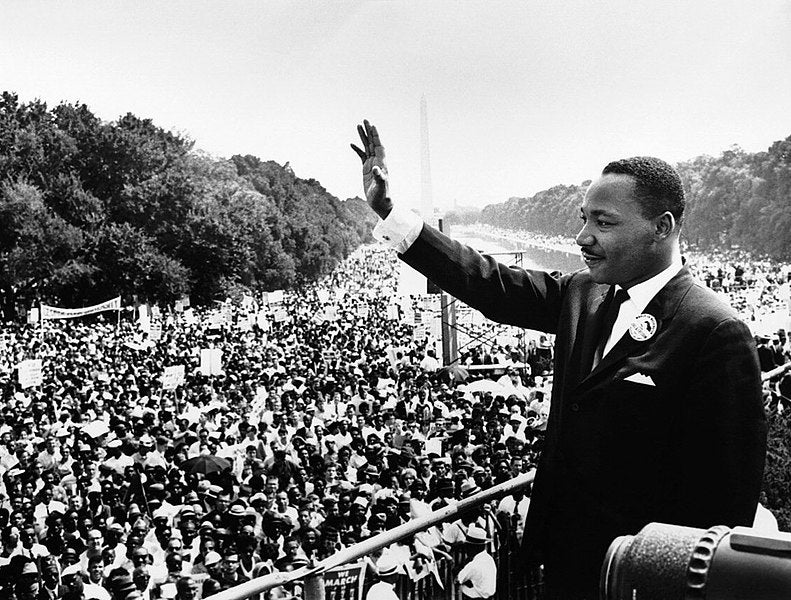 In the 2003 Supreme Court decision in Grutter v. Bollinger, Justice Sandra Day O’Connor, writing for the Court, upheld the University of Texas’s use of affirmative action in its law school admission process. By a 5-4 margin, the Court found a compelling state interest in admitting a racially diverse incoming class. In a companion case, regarding affirmative action at both its undergraduate and law schools, the University of Michigan did not fare as well, the Court finding the explicit racial preferences used to admit students there were in reality quotas, and as such, were constitutionally impermissible. Uncomfortable with affirmative action as a long-term strategy, Justice O’Connor wrote that it was a policy needed for no more than 25 years, presumably meaning it was a transitional strategy to foster diversity in higher education for a single generation. In the more just, colorblind society that generation would bring about, affirmative action would be irrelevant.
In the 2003 Supreme Court decision in Grutter v. Bollinger, Justice Sandra Day O’Connor, writing for the Court, upheld the University of Texas’s use of affirmative action in its law school admission process. By a 5-4 margin, the Court found a compelling state interest in admitting a racially diverse incoming class. In a companion case, regarding affirmative action at both its undergraduate and law schools, the University of Michigan did not fare as well, the Court finding the explicit racial preferences used to admit students there were in reality quotas, and as such, were constitutionally impermissible. Uncomfortable with affirmative action as a long-term strategy, Justice O’Connor wrote that it was a policy needed for no more than 25 years, presumably meaning it was a transitional strategy to foster diversity in higher education for a single generation. In the more just, colorblind society that generation would bring about, affirmative action would be irrelevant.
A scant ten years into the Grutter generation, the Court has chosen to revisit the very same law school admission policy in Fisher v. University of Texas. Cynical commentators suggest that all that really has changed is that the seat once occupied by Justice O’Connor is now occupied by Justice Alito. Others suggest that affirmative action is more properly addressed, if at all, with a policy based on economic or class-based disparities.
As we await the Court’s decision in Fisher, journalist Stuart Taylor and law professor Richard Sander in their controversial new book Mismatch shift the conversation from one about justice to one about utility, arguing that affirmative action does not work and hurts those it is most intended to help. Taylor and Sander claim racial preferences force minority students to compete against better-prepared classmates, resulting in lower achievement, frustration, and in some cases, failure. Legal academia vigorously contests the Mismatch thesis, offering data of its own to rebut the studies that Taylor and Fisher cite.
Peter Edelman, author most recently of So Rich, So Poor, is one of the academics who disagrees with Taylor. A distinguished law professor who now serves on the faculty of Georgetown Law School, Edelman is a noted authority on education law and civil rights. Edelman disputes Taylor’s statistics, and their interpretation, arguing that the persistence of racial inequality in America means that the need for admissions preferences remains as necessary today as it was when Grutter was decided.
The Justice and Society Program will explore both sides of the argument at the next Intersections roundtable on December 12. You can watch the discussion live here. Intersections is a conversation series on issues that crosscut law and public policy. Why this subject? For years, the Justice and Society summer seminar at Aspen has included among its readings a thought-provoking article by Lisbeth Schorr, “The Sandra Day O’Connor Project.” Schorr argues for dedicating financial and political resources to realize the dream of equality implied in Justice O’Connor’s formulation — a combination of maternal and child health care, preschool education, and various early interventions to give minority kids a start that prepares them to learn and compete. With a president who shares a commitment to the policies Schorr professes, a troubled economy, and vigorous dialogue on the role of government in improving the lives of its citizens, the affirmative action debate has renewed relevance. Join the conversation Wednesday by watching live and following along on Twitter @aspeninstitute.

